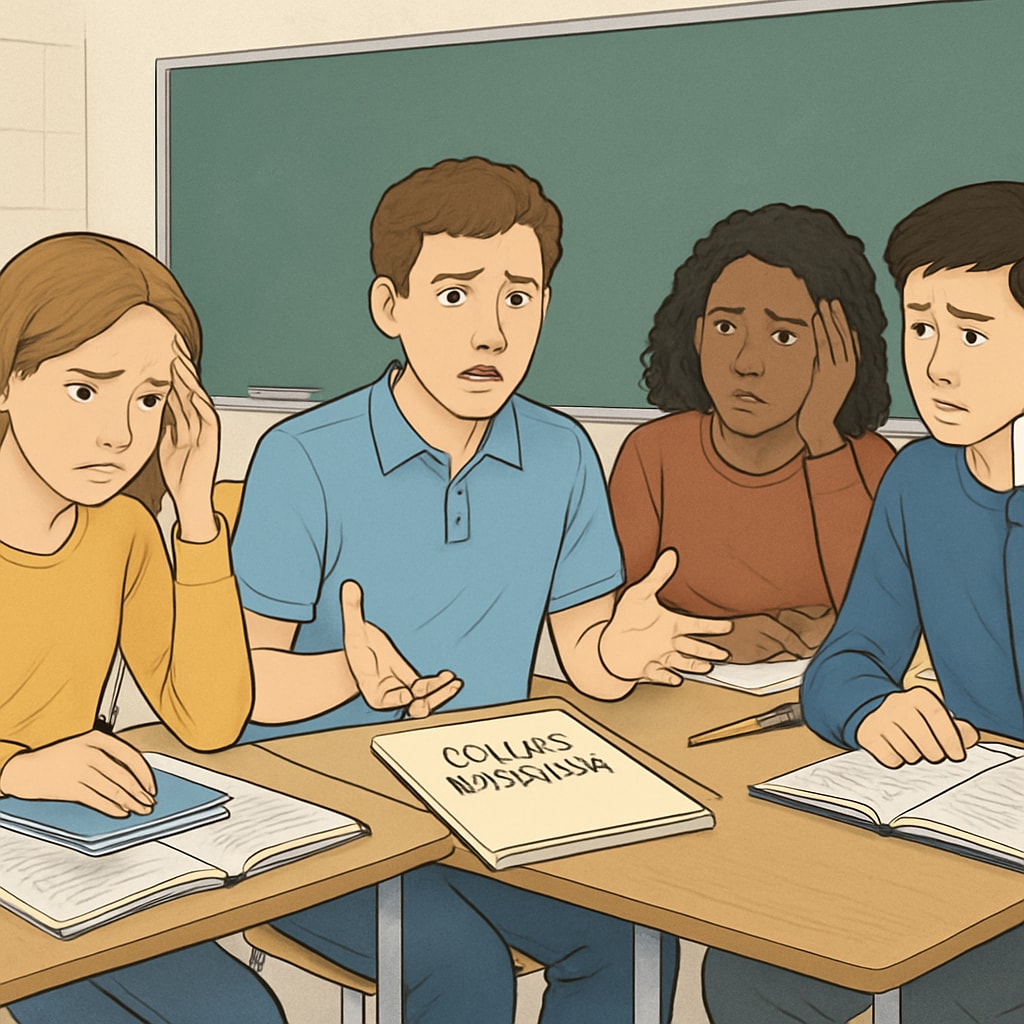The university application process is often described as a labyrinth, filled with endless requirements and opaque decision-making. For K12 students, this system’s complexity and inefficiency lead to immense dissatisfaction. From juggling standardized tests to managing essays and recommendation letters, students face obstacles that can obscure the goal of higher education: providing equitable access to learning opportunities. This article delves into the challenges posed by the current system and offers practical solutions to transform it into a fair and transparent process.
Why the University Application System Feels Like a Maze
Applying to universities has become increasingly complex. Students often struggle to navigate multiple portals, understand nuanced requirements, and meet varying deadlines. The lack of a standardized approach across institutions exacerbates the confusion, requiring applicants to tailor their submissions to each school individually.
- Multiple Platforms: Students often use separate systems like Common App, Coalition App, and institution-specific portals.
- Varied Requirements: While some schools prioritize GPA and test scores, others emphasize essays, portfolios, or interviews.
- Unclear Criteria: The admissions criteria can be vague, leaving students unsure of what universities truly value.
As a result, students and their families invest significant time and financial resources just to navigate this maze. This complexity disproportionately affects disadvantaged students who may lack access to guidance counselors or financial aid resources.

The Emotional Toll on K12 Students
One of the most overlooked consequences of the complex university application system is its emotional impact. The pressure to stand out among thousands of applicants leads to stress, anxiety, and even burnout. For many K12 students, the application season feels less like an opportunity and more like a test of endurance.
Additionally, the emphasis on perfection—crafting flawless essays, achieving top scores, and accumulating extracurricular achievements—creates unrealistic expectations. This environment fosters comparison and competition rather than collaboration, leaving students feeling isolated and overwhelmed.

Reimagining the University Application Process
To address these challenges, the university application system requires a major overhaul. Simplification and increased transparency are key to ensuring that the process serves as a bridge to higher education rather than a barrier. Here are some proposed reforms:
- Unified Application Platform: A single, streamlined platform that all universities use can reduce confusion and save time.
- Standardized Requirements: Establishing universal criteria for applications, such as a fixed essay format and consistent test score policies, can level the playing field.
- Transparent Decision-Making: Universities should publicly share detailed admission criteria, giving students clarity on what is expected and valued.
- Equitable Access to Resources: Schools should invest in accessible counseling programs and financial aid workshops to ensure all students have support.
By implementing these reforms, the university application process can become less daunting and more inclusive. Students will be able to focus on showcasing their strengths rather than navigating unnecessary obstacles.
Final Thoughts: Moving Toward a Fair System
The current university application system often feels like an insurmountable challenge for K12 students, filled with unnecessary complexity and unclear expectations. However, with thoughtful reforms—such as unified platforms, standardized requirements, and transparent criteria—the process can evolve into a fair and accessible gateway to higher education.
Universities hold the power to inspire change. By prioritizing student well-being and inclusivity, they can transform the admissions process into a system that truly reflects their commitment to education. Students, families, and educators alike should advocate for these changes to ensure that the next generation faces a fair path to their academic futures.
Readability guidance: This article uses concise paragraphs, active voice, and clear transitions. Lists summarize key points effectively, and reforms are presented in a structured manner. The content maintains a professional tone while being accessible to a broad audience.


